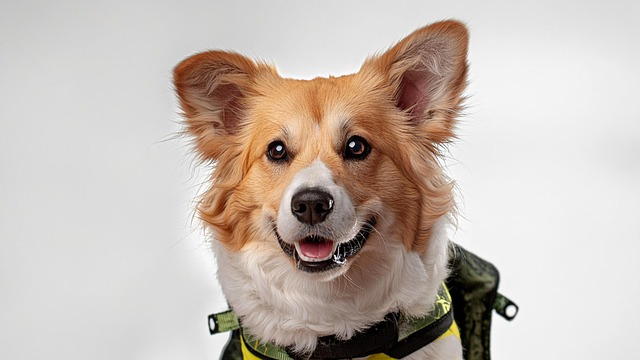
What vitamin is good for dogs' skin
Seeing your dog constantly scratch or noticing dry, flaky skin can make you wonder if a simple vitamin might be the solution.
Dogs, much like humans, experience anxiety triggered by various factors—loud noises, unfamiliar environments, or even separation. Their nervous systems react similarly, releasing stress hormones that heighten alertness. But here’s where dog massage to calm anxiety comes in: targeted touch can stimulate the parasympathetic nervous system, slowing heart rates and promoting relaxation. Research shows gentle pressure on specific muscle groups signals safety, easing tension stored in their bodies. It’s not just pampering; it’s physiology at work.
The science behind dog massage techniques reveals how deliberate strokes influence relaxation. Studies in veterinary rehabilitation highlight that moderate pressure along the spine or behind the ears increases oxytocin—the “bonding hormone”—while reducing cortisol. For anxious dogs, circular motions over the shoulders or long, gliding strokes down the back mimic social grooming, activating calming neural pathways. A 2018 study from the University of Vienna found dogs receiving regular massage exhibited 30% lower stress behaviors during thunderstorms compared to control groups. The key lies in consistency and reading your dog’s cues; some may prefer lighter touches near the base of the tail, while others respond to firmer kneading along the thighs.
Ready to try? Start by ensuring your dog is in a quiet space, perhaps after a walk when they’re naturally more settled. Begin with how to massage your dog to calm down by placing one hand gently on their side, applying slight pressure with your fingertips in slow circles. Move to the neck, where tension often accumulates, using your thumbs to stroke outward from the spine. Avoid sudden movements or pressing too hard—watch for signs of relaxation like sighing or leaning into your touch. Sessions should last 5–10 minutes initially; overstimulation can backfire. For dogs with separation anxiety, pairing massage with departure cues (like picking up keys) can rewire their stress associations over time.
Enhance the effects by integrating dog anxiety massage methods with environmental adjustments. Soft classical music or white noise masks triggering sounds, while dim lighting reduces sensory overload. Pheromone diffusers near their resting area can amplify the calming impact. Observe their body language: lip licking or yawning mid-massage signals processing stress release, whereas stiffening suggests discomfort. Treats given post-session reinforce positive associations. Remember, massage isn’t a standalone fix—combine it with structured routines and patience for dogs with chronic anxiety.
While scientifically backed dog massage techniques help many pets, recognize when professional intervention is necessary. If your dog shows persistent panting, destructive behavior, or aggression despite home efforts, consult a vet to rule out pain or neurological issues. Certified canine massage therapists or behaviorists can tailor approaches for severe cases, like PTSD in rescue dogs. Your diligence ensures their well-being beyond what hands-on care can provide.

Seeing your dog constantly scratch or noticing dry, flaky skin can make you wonder if a simple vitamin might be the solution.

If you’re a new dog parent in the US—maybe you’re sitting on your Portland apartment couch, staring at your 1-year-old Australian Shepherd

If you’re a new dog parent in the US—maybe you’re sitting on your Atlanta apartment floor, holding your 6-week-old Beagle puppy, Daisy, who’s curled up in your lap

If you’re a new dog parent in the US—maybe you’re standing in your Denver apartment’s kitchen, staring at a bag of high-quality puppy kibble and a bottle

Seeing your puppy grow daily is amazing, and it’s natural to want to give them every advantage, including supplements.

Brown stains on white dog fur aren’t just unsightly—they can also hint at underlying issues like tear duct irritation or poor grooming habits, which matter even more when you’re following local pet care laws.